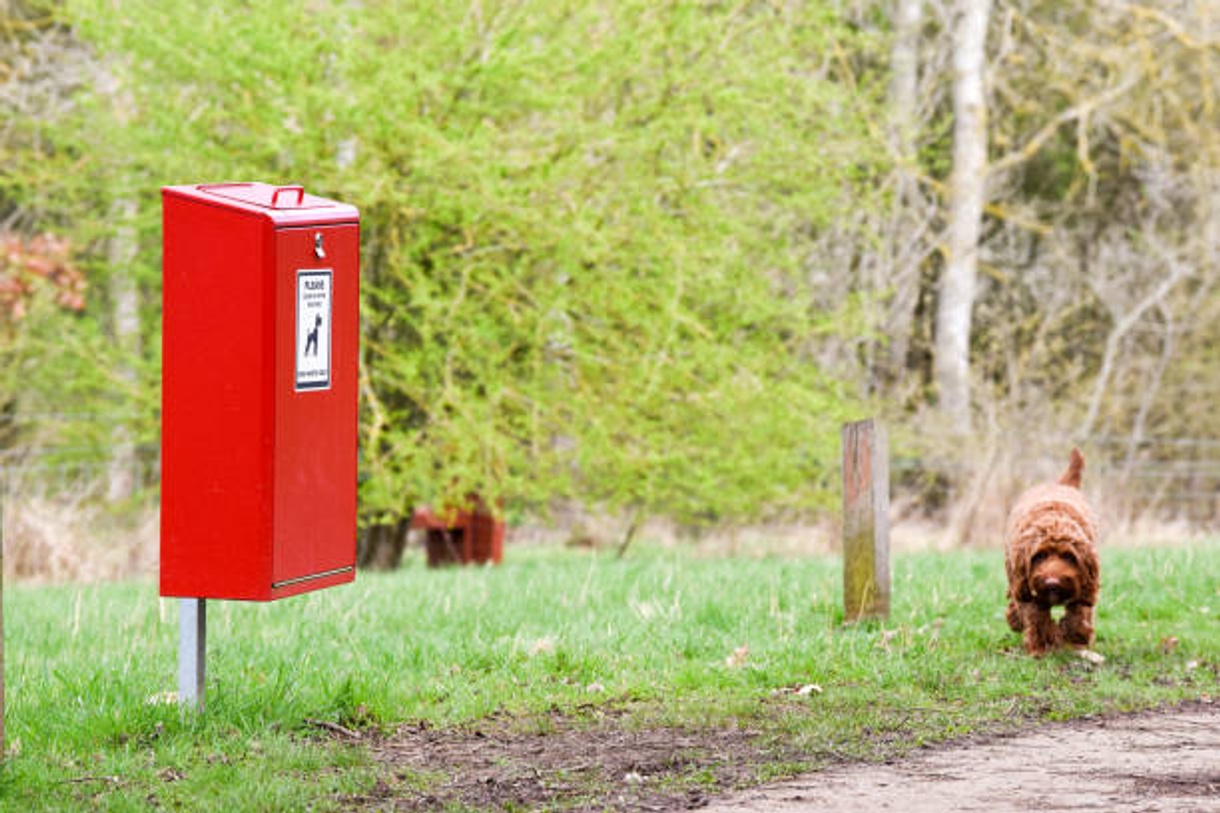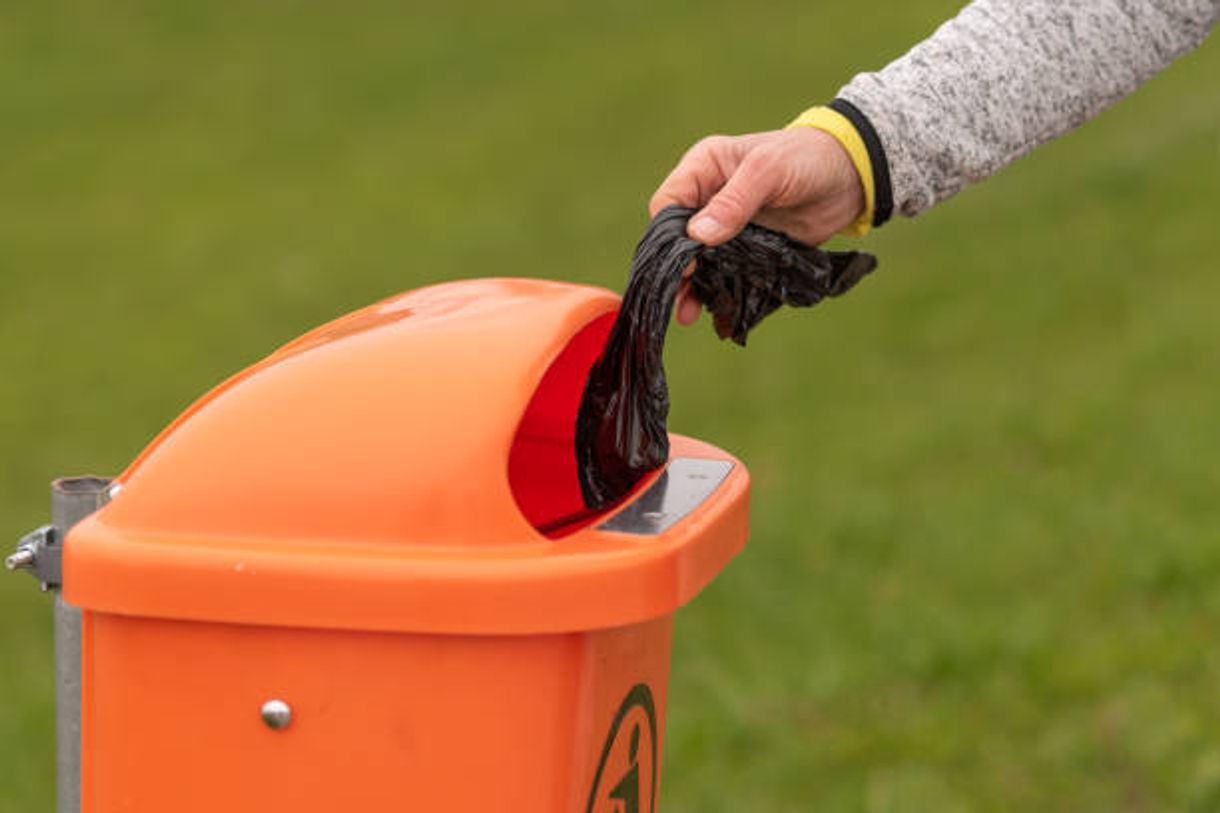Introduction:
As responsible dog owners, it is important to clean up after our pets to ensure a clean and healthy environment for everyone. Two popular options for disposing of dog waste are dog waste containers and dog waste bags. While both serve the same purpose, they differ in functionality, convenience, and cost. In this article, we will explore the differences between dog waste containers and dog waste bags to help you choose the right option for your needs.
Dog Waste Containers
Dog waste containers are permanent, stationary containers that are designed to hold dog waste for extended periods. They are typically installed in public spaces and are made of durable materials such as stainless steel or plastic. They are emptied and cleaned by local authorities and are an effective way to manage dog waste in high-traffic areas.
Dog Waste Bags
Dog waste bags are portable bags that are used to pick up and dispose of dog waste on the go. They are made of plastic or biodegradable material and can be carried in pockets, purses, or attached to leashes. They are easy to use and convenient for dog owners who need to clean up after their pets while out for a walk.
Cost
Dog waste containers are a more expensive option than dog waste bags. They require installation and maintenance by local authorities, which can be costly. Dog waste bags, on the other hand, are relatively inexpensive and can be purchased in bulk for added convenience.
Convenience
Dog waste bags are more convenient than dog waste containers, as they can be taken on the go and used wherever necessary. They can be easily carried on walks and used to clean up after pets in any location. Dog waste containers, on the other hand, are stationary and can only be used in designated areas.

Hygiene
Both dog waste containers and dog waste bags are designed to maintain hygiene and cleanliness in public spaces. However, dog waste containers are emptied and cleaned by local authorities, while dog waste bags need to be disposed of properly by individual users.
Capacity
Dog waste containers have a larger capacity than dog waste bags, as they are designed to hold waste for extended periods. They are suitable for high-traffic areas and busy public spaces. Dog waste bags, on the other hand, have a limited capacity and need to be disposed of after each use.
Environmental Impact
Dog waste containers are more environmentally friendly than dog waste bags, as they do not require the use of disposable plastic bags. Dog waste bags, however, can be made of biodegradable material and are a better option for those looking to reduce their environmental impact.
Maintenance
Dog waste containers require regular maintenance by local authorities, including emptying and cleaning. Dog waste bags, on the other hand, require individual users to properly dispose of them after use. Both options require regular monitoring to ensure that they are being used properly.

Accessibility
Dog waste containers are often located in designated areas, which can limit their accessibility for dog owners. Dog waste bags, on the other hand, can be carried and used anywhere, making them more accessible for dog owners.
Community Responsibility
Dog waste containers are a visible reminder of community responsibility for maintaining public spaces. They promote responsible pet ownership and encourage dog owners to clean up after their pets. Dog waste bags, while effective, rely on individual responsibility and may not have the same community impact as dog waste containers.
Conclusion:
When it comes to cleaning up after your pet, both dog waste containers and dog waste bags are effective options. Each has its own unique features and benefits, and the choice ultimately depends on individual preferences and circumstances. Factors such as cost, convenience, hygiene, capacity, environmental impact, maintenance, accessibility, and community responsibility should be considered when making a decision. By choosing the right option for your needs, you can ensure that you are a responsible pet owner and are contributing to the cleanliness and hygiene of public spaces.
Frequently Asked Questions (FAQ)
A: It depends on local regulations and ordinances. Some municipalities require the installation of dog waste containers in public spaces, while others rely on individual responsibility for cleaning up after pets.
A: It is not necessary to use a dog waste bag with a dog waste container, as the container is designed to hold waste directly. However, some dog owners may choose to use a bag for added hygiene and convenience.
A: No, dog waste bags should not be reused. They are designed for single use only and should be properly disposed of after each use.
A: Biodegradable dog waste bags can be a better option for the environment than traditional plastic bags, as they break down more quickly and do not contribute to plastic waste. However, it is still important to dispose of them properly.
A: While composting dog waste is possible, it requires specific methods and conditions to ensure that it is safe and effective. It is not recommended to compost dog waste in traditional backyard compost piles.
A: While dog waste containers are commonly found in public spaces, they can also be installed in private areas such as apartment complexes and dog parks.



